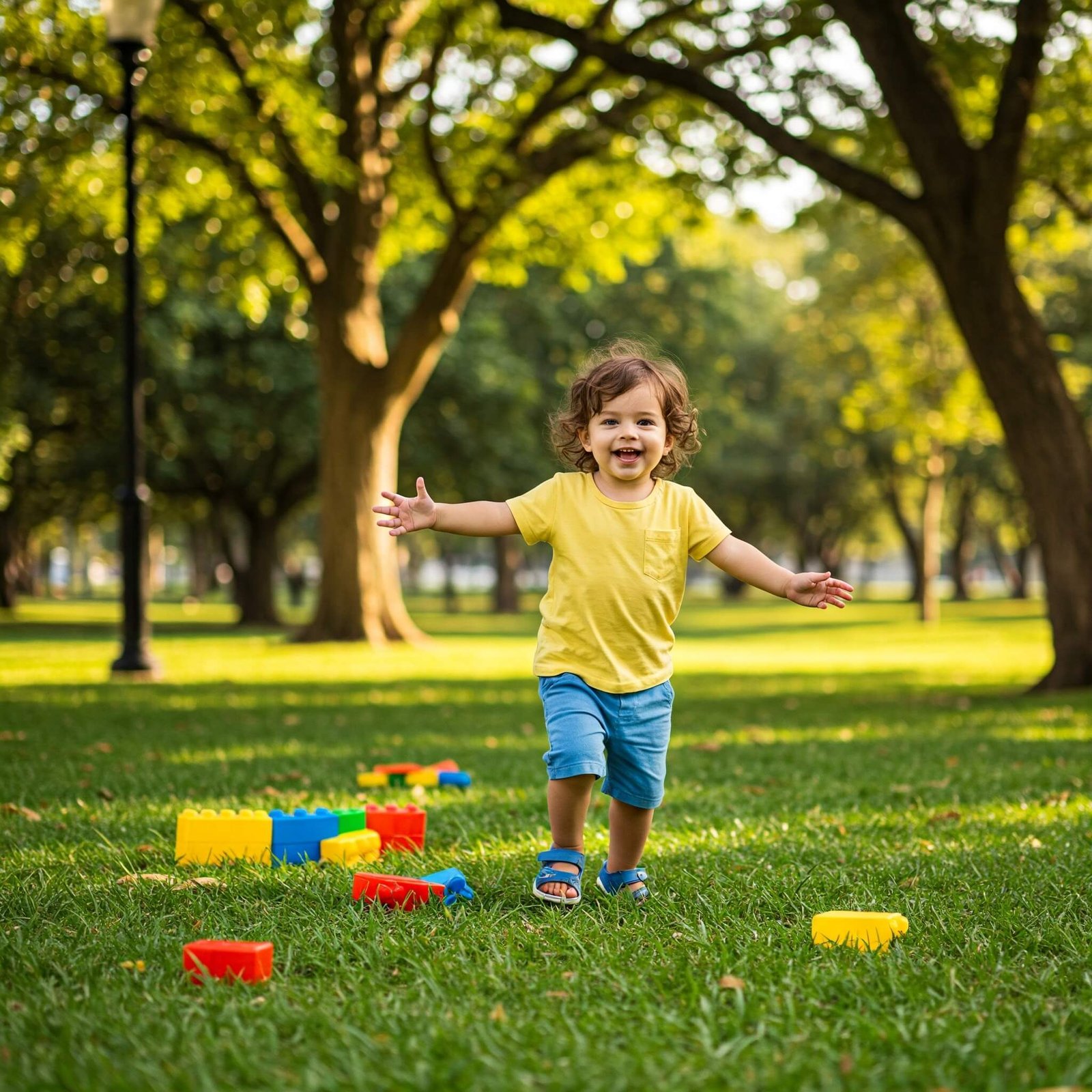Ever feel like your child’s emotional range goes from “Yay!” to “Boo!” with not much in between?
You’re not alone. For many kids, especially younger ones, emotions can feel like a simple switch: either they’re happy, or they’re sad (or maybe mad). But life is a rich tapestry of feelings, and teaching kids to understand their emotions is one of the most crucial gifts we can give them. It’s about moving beyond that basic “happy & sad” framework and exploring the complex, vibrant world of human feeling.
Understanding emotions isn’t just about naming feelings; it’s about recognizing why they happen, how they feel in our bodies, and how to navigate them in healthy ways. This foundational skill is the cornerstone of emotional intelligence, impacting everything from their friendships and academic success to their future well-being.
Why is Teaching Kids to Understand Their Emotions So Important?
Moving beyond happy & sad in emotional understanding lays the groundwork for critical life skills. When children can identify and articulate what they’re feeling, they are better equipped to:
- Manage their behavior: Frustration named is frustration understood, making it easier to handle without a meltdown.
- Build stronger relationships: Empathy begins with recognizing emotions in oneself and then in others.
- Develop resilience: Understanding that feelings are temporary and figuring out how to cope helps them bounce back from challenges.
- Communicate effectively: They can express needs and feelings verbally rather than acting them out.
- Problem-solve: Emotions often signal that something needs attention; understanding the emotion helps identify the problem.
Think about it: As adults, we navigate feelings like disappointment, excitement, anxiety, or pride daily. Helping kids recognize these nuances early on sets them up for a lifetime of better self-awareness and healthier interactions.

Beyond Happy & Sad: Exploring the Wider Spectrum of Feelings
So, what does it mean to go beyond happy & sad? It means introducing children to a richer vocabulary and the physical sensations that accompany different feelings. Instead of just “sad,” maybe they feel:
- Disappointed
- Frustrated
- Lonely
- Worried
- Confused
And instead of just “happy,” they might feel:
- Excited
- Proud
- Grateful
- Calm
- Curious
Teaching these distinctions requires patience and consistent conversation. It’s not about correcting their feeling, but helping them find the right word for it. “It sounds like you’re not just sad, you’re really disappointed that the playdate was canceled.”
Practical Ways for Teaching Kids to Understand Their Emotions
How can we actively help kids build this emotional vocabulary and understanding? Here are some actionable strategies:
Naming and Validating Feelings in Kids
The simplest step is to observe your child and label the emotion you see, validating their experience. “You look frustrated because that block tower keeps falling.” “You seem really excited about your birthday party!” This gives them the word for the feeling in the moment they are experiencing it.
Use Emotion Tools and Visuals
Emotion charts, feeling cards, or even drawing faces showing different emotions can be incredibly helpful. Ask them to point to the picture that shows how they feel. Many resources are available online or in children’s books [Link to a reputable parenting website with printable emotion charts].
Read Books and Watch Shows About Feelings
Children’s media is a fantastic resource for teaching kids to understand their emotions. Look for books or shows that explicitly discuss feelings, why characters feel them, and how they cope. Afterward, talk about the characters’ emotions with your child.
Model Emotional Understanding Yourself
Kids learn by watching us. Talk about your own feelings in an age-appropriate way. “Mommy feels a little frustrated because the computer isn’t working right now.” “I’m feeling really grateful for our cozy family time tonight.” This shows them that everyone has these feelings and that it’s okay to talk about them.
Connect Feelings to Body Sensations
Help your child notice how emotions feel in their body. “When you’re angry, do your fists clench? Does your face feel hot?” “When you’re worried, do you feel a flutter in your tummy?” This somatic awareness helps them recognize feelings before they become overwhelming.
Role-Playing Different Scenarios
Act out different situations using toys or puppets and explore how the characters might feel. “How do you think the teddy bear feels when his friend takes his toy? What could he do?”

What Comes After Understanding Emotions? Building Emotional Intelligence
Once a child can identify and understand a wider range of emotions, they can begin to build emotional intelligence. This includes developing skills like:
- Self-Regulation: Learning healthy ways to manage intense feelings (e.g., taking deep breaths, finding a quiet space).
- Empathy: Understanding that others also have feelings and being able to recognize what others might be feeling.
- Social Skills: Using emotional understanding to navigate interactions with peers and adults.
Teaching kids to understand their emotions is the foundational step towards helping them develop these vital lifelong skills. It’s not about preventing negative emotions, but about equipping them to handle all emotions constructively.
Resources for Teaching Kids to Understand Emotions
There are many excellent resources available to support you on this journey. Look for children’s books specifically designed to teach emotions, online guides from child development experts [Link to a child psychology article on emotional development], and even apps that use games to explore feelings.

Conclusion: Empowering Kids Through Emotional Understanding
Moving beyond happy & sad in teaching kids about their emotions is an investment in their future. It empowers them with the language and awareness they need to navigate the ups and downs of life with greater confidence and resilience.
It takes time, practice, and patience. There will be moments of frustration (for both of you!), but consistently talking about feelings, validating their experiences, and providing them with the tools to understand their inner world will make a profound difference. Start today – explore those feelings beyond just happy and sad!


































